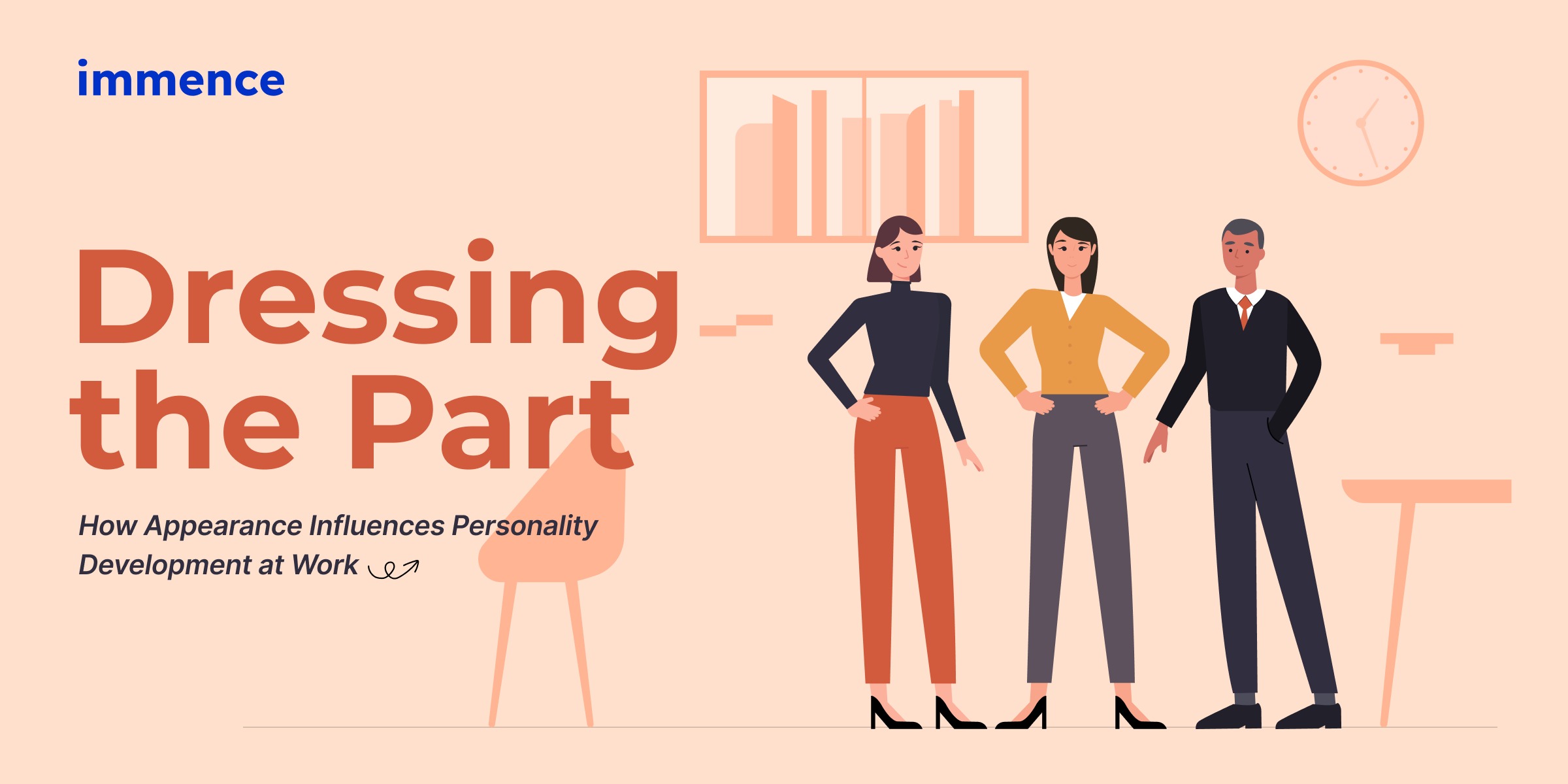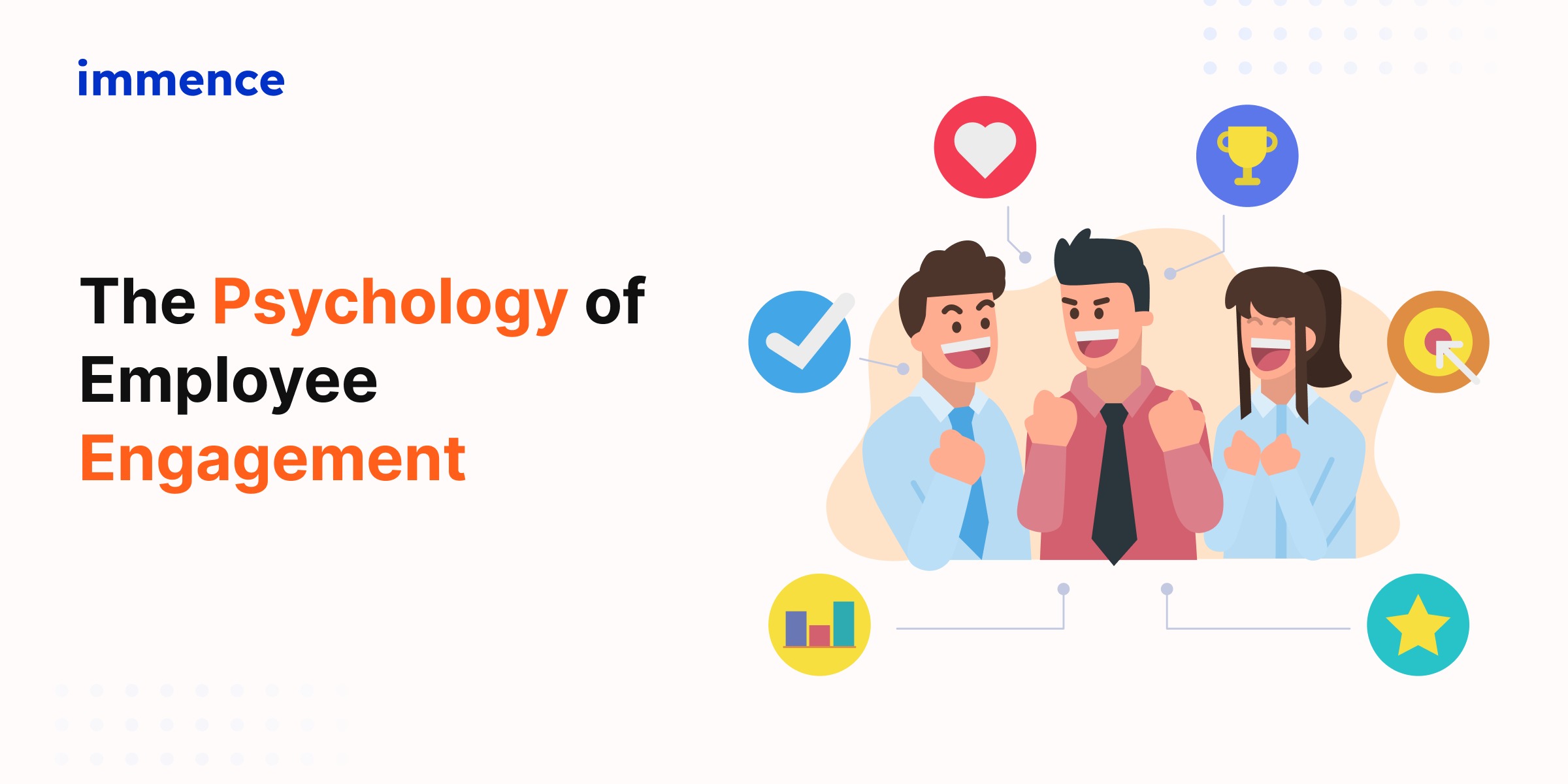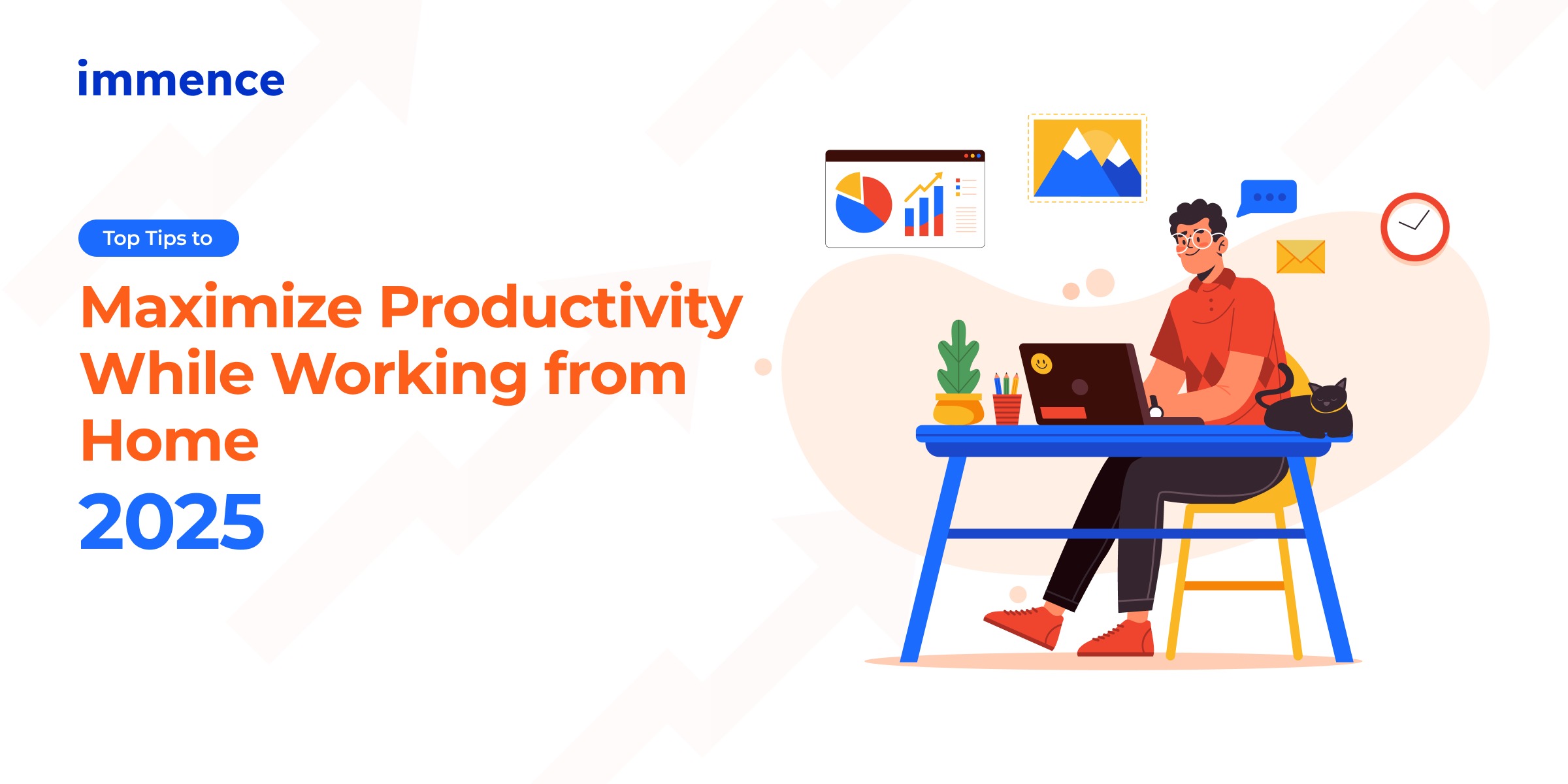The Power of Appearance in Shaping Your Professional Persona

"In the world of work, where impressions matter, what you wear can speak volumes before you even utter a word."
Imagine stepping into a room full of professionals- what’s the first thing you notice? It’s not their qualifications or achievements but their appearance. Your attire and grooming speak volumes, often before you even get the chance to. In a world where first impressions can open doors or close them, dressing the part becomes a subtle yet powerful tool for shaping perceptions and building your professional persona. From exuding confidence to commanding respect, your wardrobe plays a pivotal role in defining how you’re perceived at work.
Research shows that appearance significantly impacts how others judge our competence, credibility, and personality. Whether it’s the meticulous tailoring of a blazer or the way you’ve chosen to accessorize, these elements combine to create a narrative about who you are.
This article delves into how dressing influences personality development in the workplace, proving that “looking the part” is as crucial as “being the part.”
"To me, clothing is a form of self-expression -- there are hints about who you are in what you wear."
1. Impact of Appearance on First Impressions
First impressions are created in a matter of seconds, and appearance plays an important role in this process. According to studies, people's quick judgments of someone's professionalism, competency, and trustworthiness are influenced by their clothing choices. In the workplace, these initial perceptions can influence opportunities such as advancement and collaboration.
- Professionalism: A well-groomed and appropriately dressed individual is often perceived as more reliable and detail-oriented. For example, a salesperson who arrives to meet a potential client wearing a neatly pressed suit and polishes footwear is more likely to inspire confidence than one in wrinkled clothes.
- Credibility: Dressing in alignment with workplace norms signals respect for the organization’s culture and expectations. A junior staff member may show preparedness and seriousness by dressing formally for a crucial boardroom presentation.
- Networking: First impressions matter in professional networking, where appearance can create or hinder opportunities to build meaningful connections. Imagine attending a networking event where everyone is dressed business casual, and you arrive in overly casual attire like jeans and a T-shirt. It could create a perception of being unprepared or indifferent.
Real-world scenario: Imagine attending a high-profile industry networking event. One participant arrives wearing a clean, tailored blazer paired with trousers and a subtle statement accessory, exuding confidence and professionalism. This attire makes it easy for them to engage in meaningful conversations and leave a lasting impression. On the other hand, another attendee shows up in overly casual attire, such as a hoodie and sneakers. While they might be equally skilled, their appearance might unintentionally signal a lack of preparation or seriousness, limiting opportunities to connect with key decision-makers.
2. Cultural and Organizational Standards
Workplace cultures vary, and so do their expectations for dress codes. Understanding these norms is crucial for navigating professional environments effectively.
What it Means: Cultural and organizational standards refer to the unspoken and explicit expectations about attire in different work environments. These norms are shaped by the industry, geographic location, and organizational values, guiding employees on how to dress appropriately.
- Corporate Settings: Traditional industries like finance or law often adhere to formal dress codes, emphasizing suits, ties, and neutral colors to convey authority and professionalism. For instance, attorneys in law firms are generally expected to wear dark suits with neatly pressed shirts and simple ties or blouses, embodying the dignity and seriousness of their profession.
- Creative Industries: Fields like advertising or tech may embrace a more casual or eclectic style, where individuality and creativity are encouraged through attire. For instance, a graphic designer might wear brightly colored outfits or patterned shirts to express creativity.
- Global Influence: Employees of multinational corporations may be expected to strike a balance between local cultural dress and international professional standards. For instance, employees of the same organization in Europe might choose business casual, but in some Middle Eastern nations, modest attire might be expected.
Link Between Appearance and Self-Confidence
“When you look good, you feel good.” This well-known phrase underscores the powerful link between appearance and self-confidence.
There’s a strong psychological connection between how we dress and how we feel about ourselves. When individuals feel well-dressed, they often experience heightened confidence, which can translate to better performance and assertiveness at work
- Grooming: Regular grooming practices, such as maintaining neat hair and polished shoes, enhance one’s self-image. For example, a manager who ensures their outfit is clean and wrinkle-free every morning may feel more prepared to lead team meetings.
- Power Dressing: Wearing well-fitted clothes or bold colors can make individuals feel more empowered and ready to tackle challenges. A bright red tie or blazer, for instance, can exude authority and confidence.
- Positive Reinforcement: Compliments from peers or superiors on one’s appearance can boost morale and reinforce the habit of dressing well. For example, an employee receiving positive feedback on their professional attire during a client meeting may feel motivated to maintain that standard.
Example: An employee who opts for a tailored blazer and carefully chosen accessories might experience increased confidence during presentations, resulting in enhanced communication and a stronger leadership presence. This self-assurance often resonates with colleagues and clients, positively shaping their perceptions
3. Personality Development through Dressing
Consistent and thoughtful dressing can shape and reinforce professional traits over time. By aligning wardrobe choices with desired personality traits, individuals can effectively develop their workplace identity.
- Organizational Skills: Maintaining a wardrobe that aligns with workplace requirements fosters discipline and planning. For example, setting aside time on Sundays to plan outfits for the week can improve time management.
- Professionalism: Adhering to dress codes and keeping attire impeccable reflects a commitment to excellence. An employee known for always wearing crisp and coordinated outfits may be perceived as reliable and detail-oriented.
- Creativity and Adaptability: Experimenting with styles or adapting attire for various occasions nurtures flexibility and innovation. For instance, adding a vibrant pocket square or unique jewelry can subtly highlight one’s creative flair.
4. Workplace Wardrobe Capsule Example
Creating a workplace wardrobe capsule can simplify dressing decisions while ensuring professionalism and versatility. Here are some essentials for different settings:
Corporate Capsule:
- Two to three tailored suits in neutral tones (black, navy, gray).
- Crisp white and light blue shirts for a polished, classic look.
- Classic black pumps or Oxfords for an understated yet professional style.
- Neutral-colored/subtle ties and a leather belt complete the look.
Creative Capsule:
- Smart casual blazers in bold colors or patterns to reflect individuality.
- Dark jeans or tailored chinos that offer both comfort and style.
- Printed shirts or blouses that add personality.
- Statement accessories, like a unique watch or colorful scarf, to stand out.
Basic Wardrobe Essentials:
- A collection of clean and well-fitted shirts or blouses in neutral and pastel shades for versatility.
- Tailored trousers or skirts in black, navy, or gray to pair with any top.
- Comfortable and professional shoes, such as formal shoes, sneakers, ballet flats, or simple pumps.
- A blazer or cardigan that can elevate a casual outfit instantly.
- Accessories like a classic wristwatch, simple earrings, or a belt for a polished finish.
- A sturdy, neutral-colored bag suitable for carrying daily work essentials.
These items ensure that both men and women can create a professional yet personalized look without overwhelming costs. Investing in quality over quantity and focusing on timeless styles make dressing for work manageable and impactful.
Dressing on a Budget and Inner Confidence
Wearing neat and suitable clothes as per workplace requirements does not mean focusing solely on brands or expensive outfits. Dressing well is more about aligning your appearance with the situation and projecting confidence, rather than relying on costly attire. Minimal expenses, based on individual preferences and workplace norms, should take priority.
For example, a clean and well-pressed shirt paired with a budget-friendly pair of tailored trousers can make a professional statement without breaking the bank. Carrying your outfit with poise and maintaining good grooming habits often has a greater impact than the price tag of the clothes you wear. Ultimately, dressing and appearance are tools to boost inner confidence, enabling you to perform your best at work.
Conclusion:
The way you dress isn’t just a reflection of your fashion sense- it’s a silent ambassador for your aspirations, work ethic, and confidence. In the workplace, where perceptions matter as much as performance, aligning your attire with your goals can pave the way for meaningful growth. By understanding the power of appearance, you can project professionalism, foster connections, and even inspire those around you.
So, the next time you stand in front of your wardrobe, think beyond trends. Choose attire that speaks to your potential, builds your confidence, and mirrors the professional persona you aspire to be.


